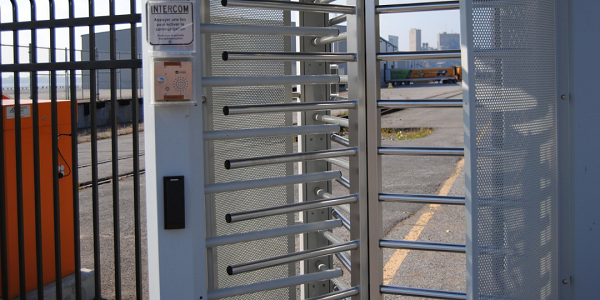Access Control: What You Need to Know
Access Control is a core security management function that controls who goes where and when.
Generally, there are two types of access control: physical and logical. As the name suggests, physical access control systems control access to buildings and facilities, while logical access controls access onto IT assets.
This blog mainly deals with physical access, although, it does touch on logical access control or more specifically where the two overlap.
Why have an Access Control System?
An Access Control System could be useful to you if you have employees, suppliers, contractor or visitors and you want to control the entrant’s access a certain area in your business or site. You can event control that access to certain days or event times of the day. This means that only authorised people will have access to enter a specific building or area at certain times; unauthorised people are restricted from entering.
In its simplest form, Access Control Systems protect assets and buildings from unauthorised people whilst also allowing easy access to authorised people entering and exiting a building.
Access Control: a buyer's checklist

Types of Access Control Systems
Basic Access Control Systems This is a simple way for you to control access of one or two doors in premises. This consists of a server and a computer with Access Control software to control access to a building or area of a building. This type of Access Control is typically used by smaller businesses who have no connection to other sites.
Networked/ Connected Access Control Systems The type of Access Control system can be used for two or more systems connected over a building, several buildings, or even across the country/continents, and is managed from a centralised location. This would be useful if you are a larger business with several locations over a wide area.
Local cloud-based access control systems: This type of cloud-based access control systems allows for control of the system via a web browser or smartphone app. This system can be accessed from anywhere, with other physical access hardware being on site. Local cloud-based access control systems are good for smaller businesses requiring a relatively basic access control system.
Cloud-Hosted access control systems: This type of system moves the access control server off-site, with physical access control like fobs still on site. This may be useful for businesses who need to manage many remote sites
Fully Managed cloud access control systems: This type of access control system involves complete off-site monitoring of the access control system: a monitoring centre of a remote security company manages the whole system remotely and is completely cloud based.
Access Control Technologies

Proximity Systems: These systems restrict access to certain doors or areas. An example would be a key fob, key card or other physical method which uses radio identification technology. These systems are very common, and fairly reliable.
Near Field Communication (NFC) and Bluetooth based systems These are wireless technologies which use a smartphone or other device in replacement of radio ID technology like key fobs or key cards. This is a very secure and vandal immune solution
Biometrics/Facial recognition systems This technology is becoming more common and is a more sophisticated approach to access control. It uses fingerprints/facial/voice recognition etc for building security. The costs of this technology is decreasing with time, and also has the advantage of not having to replace and maintain key cards.
Multi-Factor Authentication Multi factor authentication is now ubiquitous across digital/ logical access control, but not as common across physical access control. As with logical access control, multi factor authentication requires 2 methods of identification to authenticate a user and allow access.
Converged Access Control Systems Converged access control systems merge the physical and logical access systems. Typically this means that to access a logical system, such as a PC or a machine, you will have to authenticate using a physical access system such as proximity reader, smart phone, or more recently biometrics.
Any access control system should allow for the smooth running for the business while increasing security. If you would like to know more, please get in touch.





